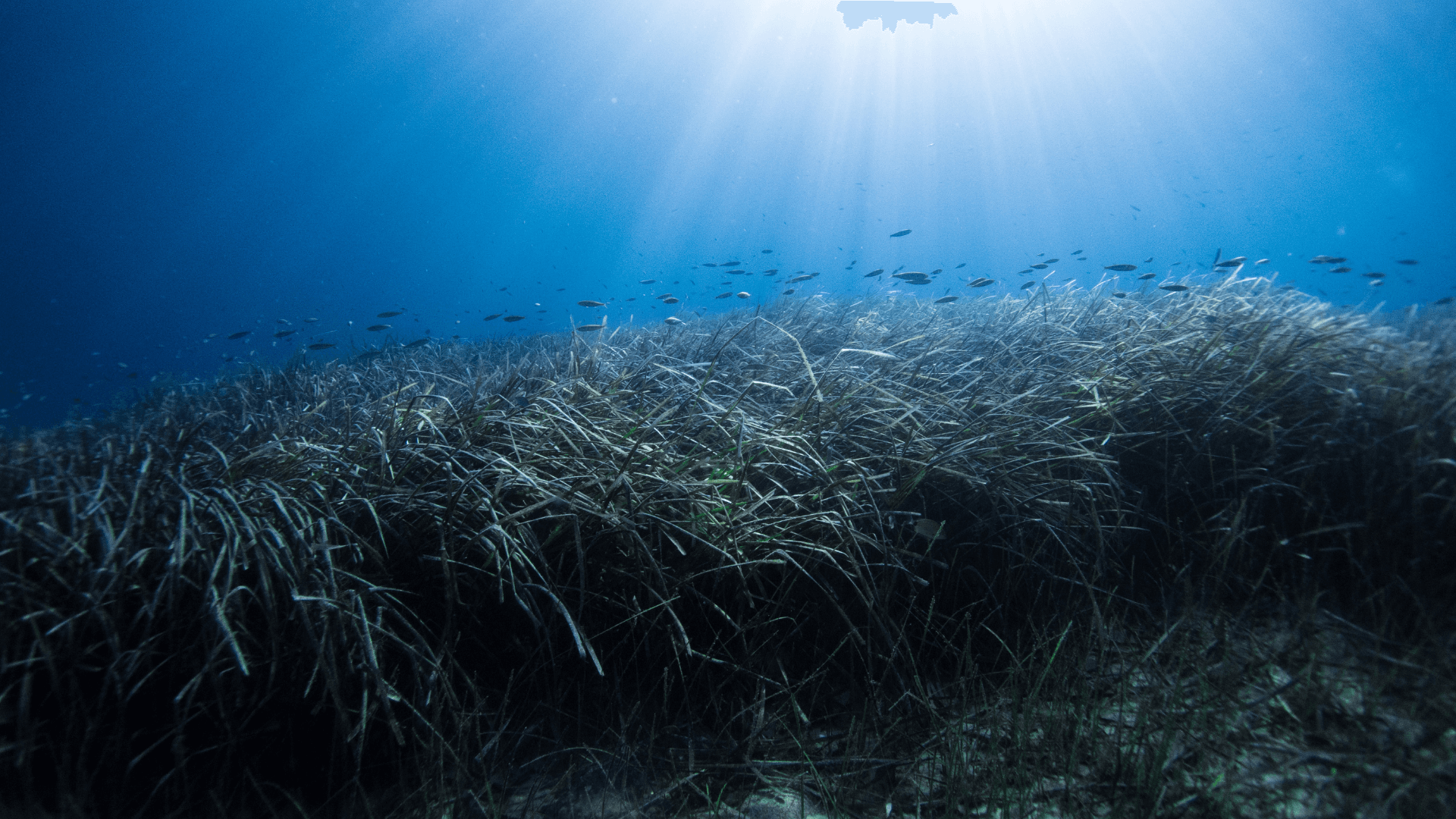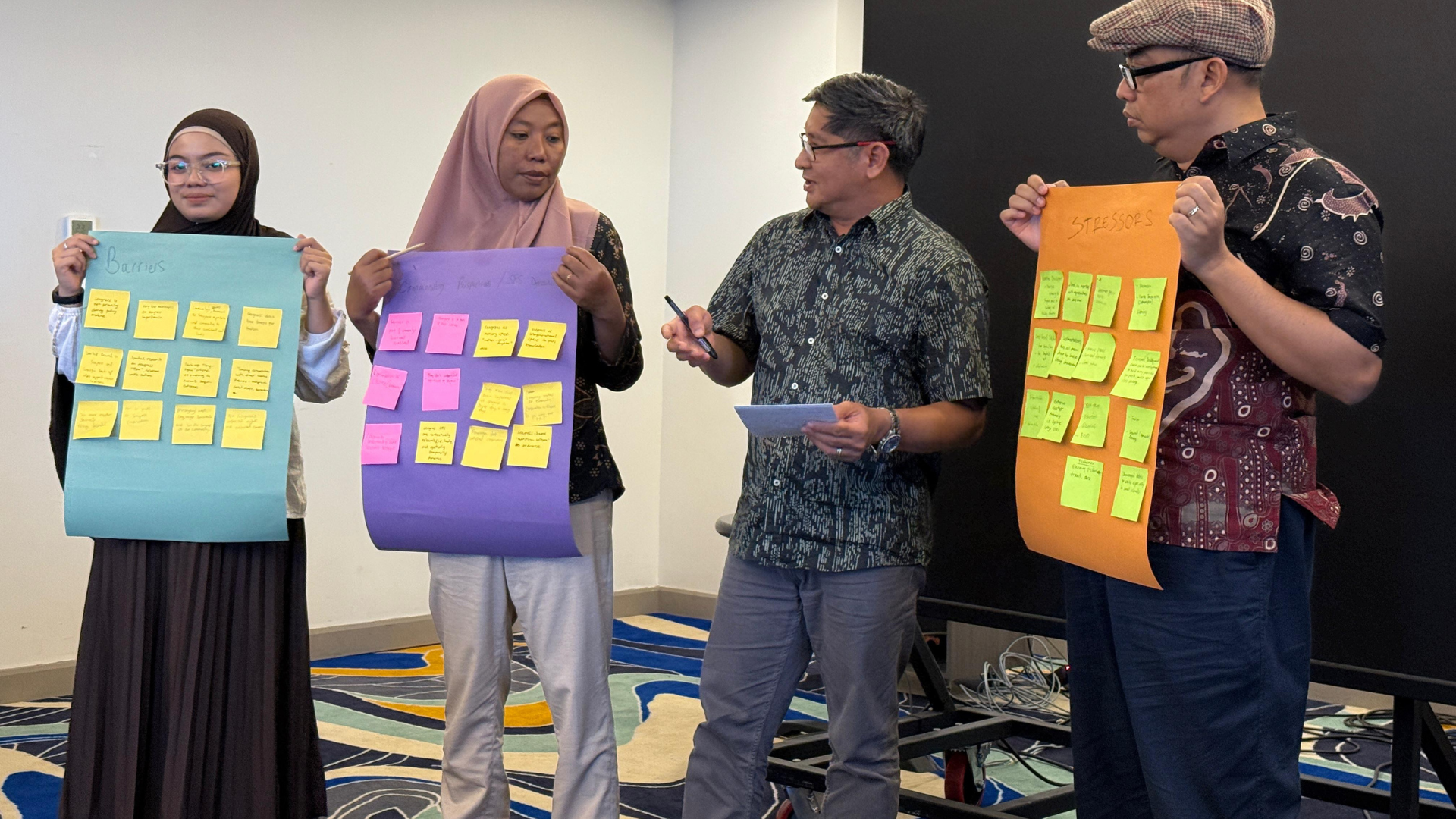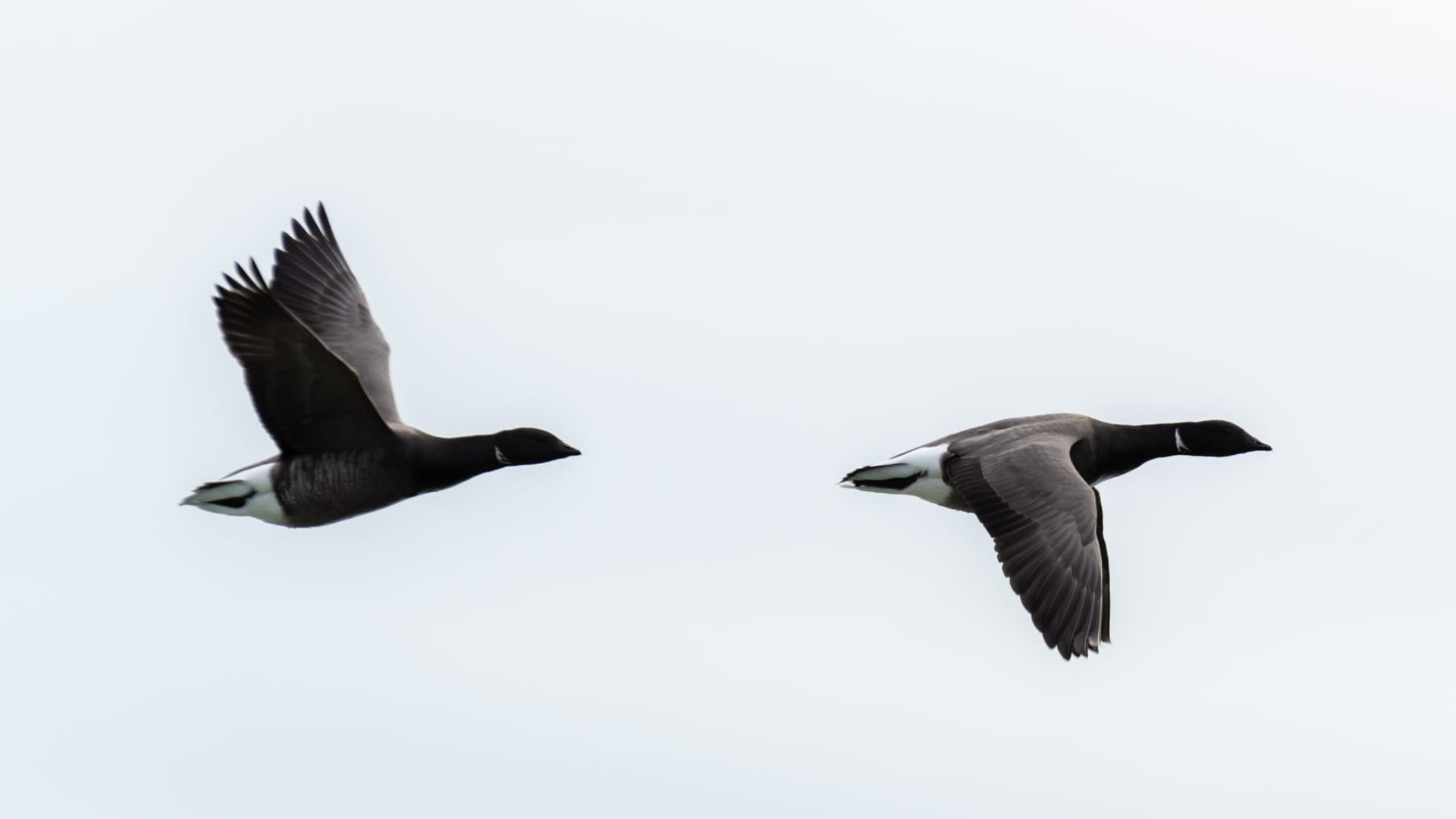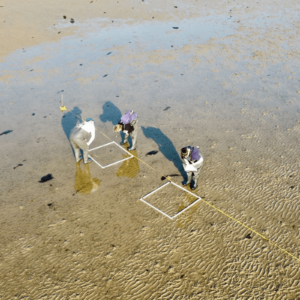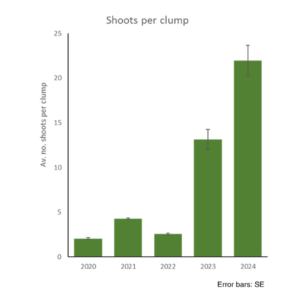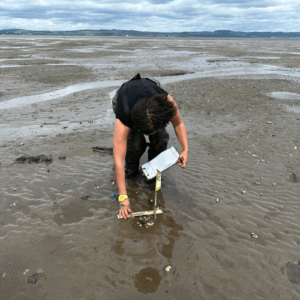In a new blog series, our Conservation Trainee Abi David explores some of the amazing creatures that call seagrass meadows their home. The Brent Goose Branta bernicla is of a similar size to a Mallard duck, making it one of the smallest goose species in the world. They are a highly social species and form strong bonds within the groups they live in. If you spot a group of Brent Geese, look out for the ‘compass’ goose – this is the leader of the group and will lead the way between foraging areas. Depending on the species of Brent Goose, individuals may have a dark or light belly, along with a dark head and body, with adults having a small white patch on their necks. They can be seen throughout the UK during the autumn/ winter months in marine, intertidal or wetland areas. Dark bellied Brent Geese. Photo Credit Emma Butterworth Migration Just like many other bird species, Brent Geese carry out an annual migration. They spend summer months breeding and raising chicks in the Arctic and migrate to Western Europe for more temperate winters. Generally, the individuals we get overwintering here in the UK are from Siberia. Due to these long migration routes and small body size, Brent Geese have a high food demand meaning they heavily rely on stopovers to refuel. Their most popular stopover sites tend to be Zostera marina meadows. Large numbers of Brent Geese have been spotted for several weeks each year in Izembek Lagoon (Alaska), lagoons in Baja California, the German/Danish Wadden Sea, the Golfe du Morbihan (France), British estuaries, and the White Sea (Western Russian Arctic). Diet Brent Geese are heavily herbivorous and mainly consume seagrass. They have relatively short necks and lack the ability to dive so can only reach plants at low tide or in shallow water. Interestingly, during breeding season the geese will consume a wide range of plant species but show a strong preference for Zostera species throughout non-breeding seasons due to the high digestibility and nutritional value compared to other options. They have been observed eating both the leaves and rhizomes of the plants. Importance of seagrass for Brent Goose populations As mentioned previously, Brent Geese rely heavily on seagrass during their migrations. This can be seen in population trends. In the 1930s, Zostera species across the North American coast were heavily affected by wasting disease and there was a significant population decline. At the same time, a steep decline in Brent Goose population was also observed on both sides of the Atlantic, with estimates ranging from 75 – 90% of populations lost. During the 1950s, there was a good recovery of seagrass beds in the areas previously affected, which was followed by a recovery of Brent Goose populations from around 15,000 to over 100,000. Similar smaller scale events like this have been observed, showing just how important healthy seagrass meadows are for species like the Brent Goose that rely so heavily on them. Are Brent Geese bad for seagrass restoration? It could be argued that Brent Geese are bad for seagrass and bad for seagrass restoration due to their consumption of the plants. However, there is a bit more to it than that. Seagrass provides services for many species, and a food source is one of those. Anecdotally, there have been instances where restoration has occurred only for geese to come along and eat all of the freshly planted shoots, which really isn’t ideal. In the scientific literature, there is mixed evidence about how much the geese will consume and how this affects the meadow’s health, which makes it difficult to quantify their impact. Some research notes that the percent the geese eat out of the whole meadow is actually quite small and a healthy meadow should have no issue recovering from any damage. The geese could even be useful in seagrass restoration. They tend to only be seen where food is available and as such are an indicator species for the health of an ecosystem. Like all birds, they are useful for their ability to spread nutrients and seeds through their faeces, helping to spread plant species more widely than they would on their own. Additionally, they are an important food source for predators such as foxes and raptors in their Arctic breeding grounds. Brent Geese, like any other species using seagrass, are carrying out behaviours that have evolved over thousands of years. Therefore, the question of whether geese are bad for seagrass restoration is not a straightforward one. What do you think? Sources: Ganter, B. (2000). Seagrass ( Zostera spp.) as food for brent geese ( Branta bernicla ): an overview. Helgoland Marine Research, 54(2–3), 63–70. https://doi.org/10.1007/s101520050003 Find out more the role that seagrass plays for migratory birds here.
